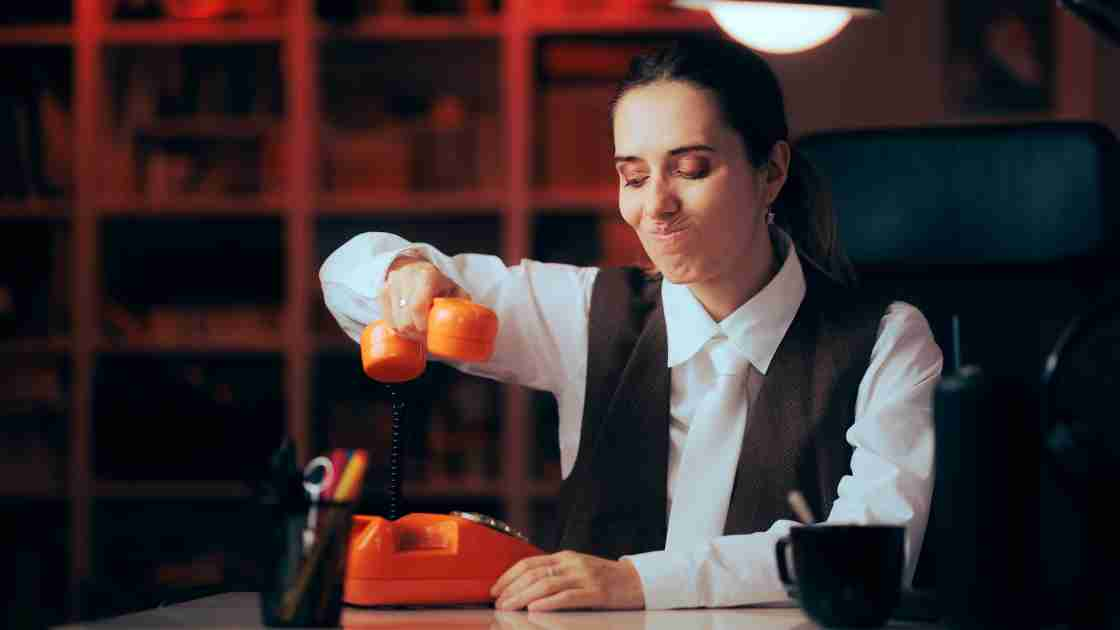
Hanging up on the million-process company
You enter a special type of hell when you are about to press “buy” and the website makes you register for an account, or when you try to pay for parking and are told to download an app. You descend deep into Hades when it all fails, and you join a call centre queue to fix your problem! The modern organisation wants to deal with you through digital channels which is a brilliant demonstration of the richness of modern business when it works but sucks time and goodwill when it doesn’t.
In 1970 Alvin Toffler wrote about the “Ad-Hocracy” in his book “Future Shock”. In it he predicted that the rigid structures and processes of the contemporary organisation would be replaced by “a kaleidoscopically changing organisation structure built upon highly transient human relationships”. Such a model was a radical shift for most businesses which had traditionally maintained structures and relatively simple processes in a static state for decades at a time.
Predictions of the time assumed that automation was going to be the driving force of change because they took the current structures and automated them. Two years earlier, Mechanix Illustrated published an article in 1968 titled “40 Years in the Future” (by James R. Berry) which confidently stated:
“People (will) have more time for leisure activities in the year 2008. The average work day is about four hours”
But in fact, we took the potential of a fully automated company and traded it for increasingly complex organisations through variations on Toffler’s Ad-Hocracy. By the 1990s when Thomas Davenport was writing “Process Innovation: re-engineering work through technology”, his readers were building processes that were cross-organisational with the consequence of subprocesses that were “almost infinitely divisible” increasing complexity exponentially. Davenport argued that productivity benefits were not being realised through the lack of strategic approaches to process innovation and recommended, as an early proponent of simplification, to focus on “an appropriate number of major processes at between 10 and 20” to achieve cross-business efficiencies.
A sobering realisation that few had listened to Davenport came in the guise of the Sarbanes Oxley act in 2002 requiring businesses to document their controls. Given the correlation of controls to processes it was no surprise to find that the number of processes had continued to grow with estimates of large companies typically having between 500 and 1000 controls and at least as many core processes and orders of magnitude more subprocesses.
This trend is adding sophistication in terms of new customer products, services and ways of doing business, but it is also adding complexity which is degrading the customer experience. On current trends we are seeing an increase in processes and controls of about an order of magnitude every 20 years. That means that by 2040 we can expect to see businesses with 100 thousand processes and by 2060 we can expect to see averages that are closer to 100 million. Given that there are organisations that are at least ten times more complex than the norm, we could see our first million-process companies appear in just a few years!
In the 1980s most businesses had just one way to complete each major process such as bringing on new staff, registering new customers and creating products. By the 1990s, businesses introduced call centres and online channels with many different options to support all these activities, each of which duplicated much of the original process but, unconstrained, created their own unique data requiring their own separate governance processes.
Staffing each individual process is unsustainable, so almost every business has resorted to automating the customer and staff experience. Trends in customer complaints worldwide suggest that the results are mixed. Where new sophistication adds valued functionality, customers are more enthusiastic but, in many cases, they are simply being asked to act as if they were staff of the business that is meant to be serving them.
Some businesses are seeking to reverse the trend. Booths supermarkets have recently announced the removal of self-checkout from most of their stores saying “we pride ourselves on great customer service and you can’t do that through a robot”.
I’ve previously introduced a model of satisfaction as a function of complexity, “the customer smile” which argues that the simplest and most complex customers are both well treated because either they don’t engage in the complexity or they are so valuable that it is manually hidden from them. However, it is the dissatisfied middle where the greatest value lies, and it is here that many organisations could do worse that to innovate their processes simply through removing unnecessary features, functions and even self-serve automation.